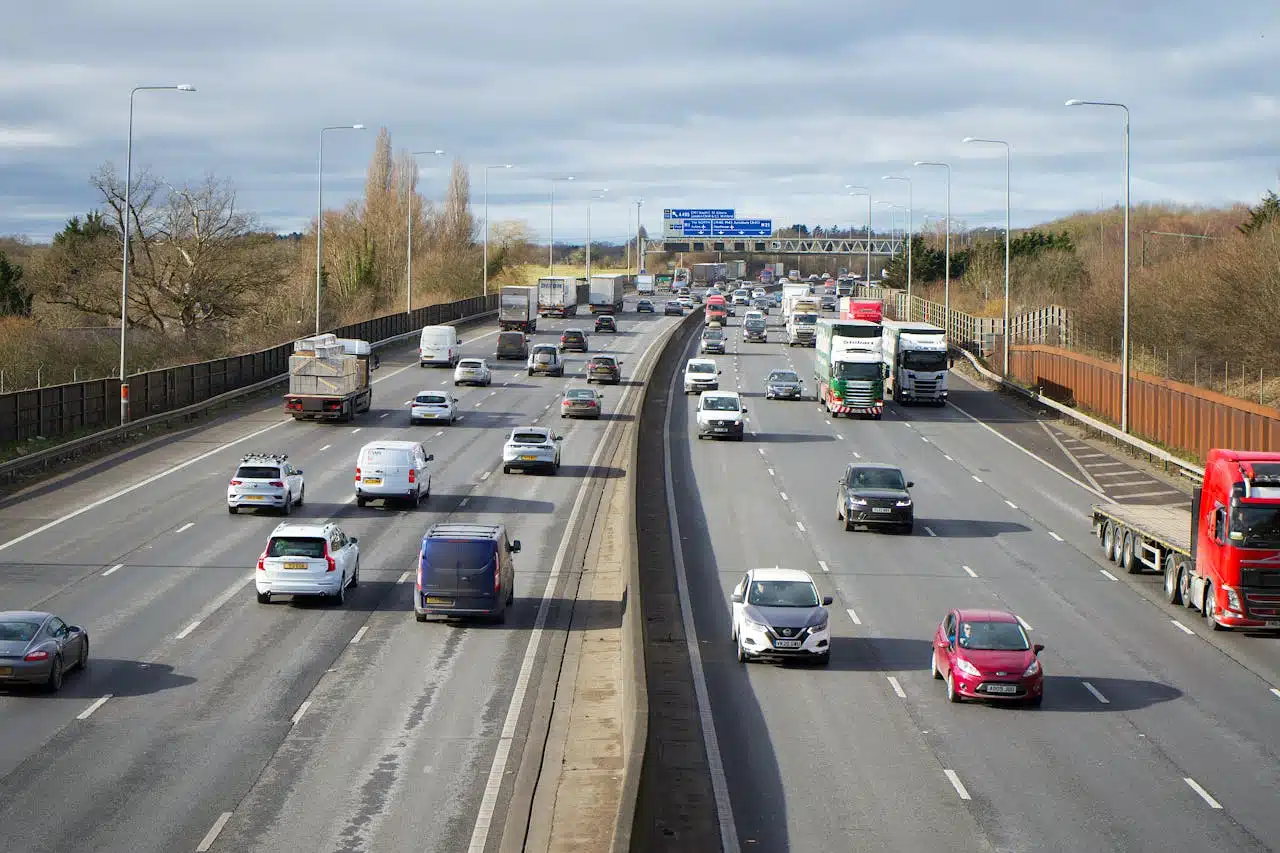In an age where environmental consciousness takes precedence, reducing one’s carbon footprint has become not just a matter of personal responsibility but a collective endeavour towards sustainable living. Vehicles, as significant contributors to global carbon emissions, are at the forefront of this challenge. In the longer term you’ll save more CO2 by shifting to an electric vehicle, but if you are already invested in petrol here are six practical tips for making your vehicle more environmentally friendly, thereby playing a part in the global effort to mitigate climate change.
1. Regular Maintenance Checks
Ensuring your vehicle is regularly serviced can lead to substantial improvements in fuel efficiency and, consequently, a reduction in carbon emissions. A well-maintained engine operates more efficiently, uses less fuel, and emits less CO2. Additionally, make sure that your tyres are properly inflated. Under-inflated tyres can increase fuel consumption by up to 3%, according to studies, as they require more energy to move the vehicle.
2. Smart Driving Practices
Adopting smarter driving habits can significantly reduce your vehicle’s carbon footprint. Accelerating gently, maintaining a steady speed, and anticipating traffic flow can decrease fuel consumption. Moreover, making use of cruise control on highways can help maintain a constant speed, further enhancing fuel efficiency.
Incorporating the use of the best vehicle trackers can also contribute to smarter driving. These devices allow for monitoring and analysing your driving patterns, offering insights on how to drive more efficiently and reduce unnecessary carbon emissions.
3. Use Higher Quality Fuel
While it might be tempting to opt for cheaper fuel options, investing in higher-quality fuel can make a difference in your vehicle’s performance and its environmental impact. Premium fuels often contain additives that help in cleaning the engine and improving combustion efficiency, leading to lower carbon emissions. Additionally, consider using biofuels if your vehicle is compatible, as they are known to be more eco-friendly.
4. Lighten Your Load
Carrying unnecessary weight in your vehicle forces the engine to work harder and consume more fuel, thereby increasing emissions. By removing heavy items from your boot or roof racks when they are not needed, you can improve fuel efficiency. Additionally, using more aerodynamic containers or covers when transporting items on your roof can reduce air resistance and fuel consumption.
5. Opt for Eco-friendly Tyres
Investing in eco-friendly tyres is another step towards reducing your vehicle’s carbon footprint. These tyres are designed to decrease rolling resistance, which means they require less energy to move the vehicle. As a result, fuel consumption is reduced along with CO2 emissions. While they might come with a higher upfront cost, the long-term savings on fuel and the environmental benefits make them a worthwhile investment.
6. Consider Alternative Modes of Transportation
Whenever possible, consider alternative modes of transportation such as walking, cycling, or public transport. For longer distances, carpooling is an effective way to reduce the number of vehicles on the road, thus lowering collective carbon emissions. Additionally, for those ready to make a significant change, switching to an electric or hybrid vehicle can drastically reduce your personal carbon footprint over the vehicle’s lifetime.
The Road to Greener Horizons
Reducing your vehicle’s carbon footprint is a journey that requires consistent effort and a willingness to adopt more eco-friendly practices. By implementing these tips, not only can you contribute to a healthier planet, but you may also discover the added benefits of cost savings and a more efficient vehicle. The road to greener horizons is paved with the choices we make today, and every small step towards sustainability is a leap towards a cleaner, more resilient world.

